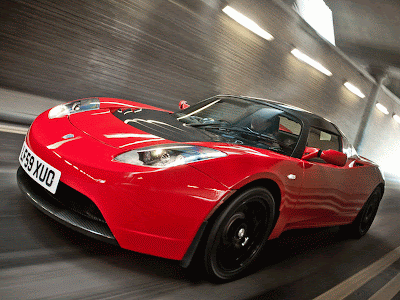New Shoals Unlimited on the linguistic lunacy that is the Most Improved Player award. Also, notice the new Amazon widget to the right: Same "you buy stuff by clicking through here, we benefit" idea, but new approach. We're going to be recommending books, music, movie, whatever we feel is worthy of FD's prized endorsement. If you click through there, feel free to buy whatever you want. But the point is to manipulate you.
Apologies if I've touched on this before, but when you have the same screamed phone conversation with multiple FreeDarko members, it warrants a post. It's agreed around headquarters that, simply put, Gerald Wallace is now scary. Not edgy, exhilarating, or overwhelmingly intense. When you watch him play now, fright nips at each and every fiber of your bones.
Part of it is his appearance. I will never cease to hammer home this "Gerald Wallace is the Predator" meme, because this is what a pop culture/sports analogy should be. Wallace is now a little older, thicker, and yet at the same time broken down and flecked with scars on his arms and shoulders. Gone is the sleek, statuesque specimen who was equally at home walking on air or slamming into the earth. Now, Gerald Wallace looks like the sum of all his heights and collisions—lofty, worn, tough, and always in a quiet frenzy. His dreads creep down the side of his head, where they occasionally come into contact with the plastic mouth guard that's always hanging out in the air.
This kind of adornment seems so out of character that we're taken aback by them. It's mysterious, like a vaguely sinister echo of his warped basketball philosophy and the moments that shaped it. We barely notice tattoos anymore—J.R. Smith and Larry Hughes are practically covered from waist to chin, but it's all in good fun. Wallace, though, exists at the intersection of style and grim reminders. Other useful pop culture references: Star Wars bounty hunters, those elegant tackle boxes with death sitting casually on their brains; every Vietnam movie where heroes get subsumed; eye-liner on radicals in the desert, and the chintzy portraits that follow directly from it.
No shock that this new vibe has manifested itself in—or stems directly from—Wallace's game these days. Gone are the eye-popping box scores of yore, the competition with Smith and Kirilenko to see who could most delight our mightily peripheral group of enthusiasts. Wallace scores less, attacks more sparingly, isn't as frequently streaking ahead on the break or leaping up for the put-back—even as he's continued to get more fluid and guard-like with each passing year. Part of this might be Larry Brown, which is fine, because it works. But it's most certainly not a reluctance to put himself or others at risk (though, it should be noted, usually only doing damage to his own person). Wallace is a lurching, semi-breathing basketball death wish.
Remember when Wade or Iverson embraced contact around to the basket to such an extent that it became an end in itself, and got kind of stupid? Wallace seems to have taken this same attitude toward open-ended, violent motion. And movement, if a difference exists there. He doesn't make plays as often, or sow the seeds of chaos (as said in our book.) Now, he's just kind of there to hit the floor like it was a dunk, go for blocks and steals like an agile wrecking ball, terrorize the court in a way that somehow evinces both more and less discipline. This isn't the hustle player reborn, but the blood and guts of what athleticism means at its best in the league. And it isn't necessarily pretty or inspiring, unless you think Icarus is really fucking cool coming and going.
That's because, while Wallace is by no means a dirty or petty player, the toll he's exacted upon himself is, for a basketball player, almost unprecedented. Four concussions to date, and an insistence on rushing back from a collapsed lung. The lung's actually become a running joke; most guys allude to their limitations with "I felt that in my leg," but for Wallace, the game catches up with him in his ribs and breathing apparatus. Forget the high-flown accounts of potential lost and imagined; in his combination of blazing ability, blatant disregard for his body, refusal to change one bit, and downright earnestness about the whole thing, Wallace is the second coming of Pistol Pete Reiser. As Big Baby Belafonte says, you can't watch him without worrying he's going to collapse or implode at any moment, even as he exudes strength.
I wish I could say that in Wallace, we see a simultaneous acknowledgment of mortality and embracing of life. Instead, he just makes my skin crawl.


No comments:
Post a Comment